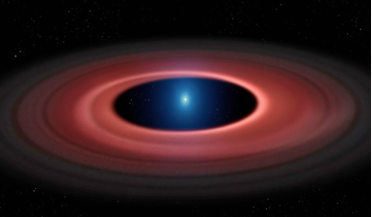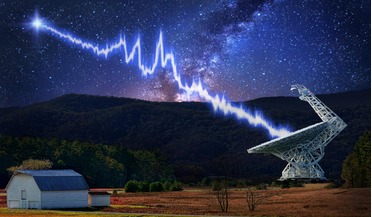 18 February 2019
Gigantic remnant found around an exploding star
18 February 2019
Gigantic remnant found around an exploding star
... is a lot of planet-building material to get going with [to put the distance into perspective, the nearest star to us (Proxima Centauri) is ‘only’ four light years away and it would take a human travelling at a constant velocity of 60,000 kilometres...
 08 May 2019
Tests start on first design of 'wafer scale' spacecraft
08 May 2019
Tests start on first design of 'wafer scale' spacecraft
... wafercraft are a long way off yet from firing one off in the direction of our nearest exoplanet, Proxima Centauri b, but it is aiming for a suborbital first flight next year. The initial prototype Wafer Scale Spacecraft...
 07 September 2020
A new study helps narrow the search for intelligent life
07 September 2020
A new study helps narrow the search for intelligent life
... 50 parsecs of the Earth; one parsec is about 30 trillion kilometres, or just over three light-years. For comparison, Proxima Centauri, the nearest known star to earth other than the sun, is about 1.3 parsecs (4.24 ly) away. Although the...
 23 December 2020
Harmful stellar flares might not prevent life on exoplanets after all, new study says
23 December 2020
Harmful stellar flares might not prevent life on exoplanets after all, new study says
... object in which to mount an exploration mission in the hopes of finding life. But then further studies showed that Proxima b was subjected to regular outbursts of radiation from its nearby star in the form of stellar flares, dashing hopes...